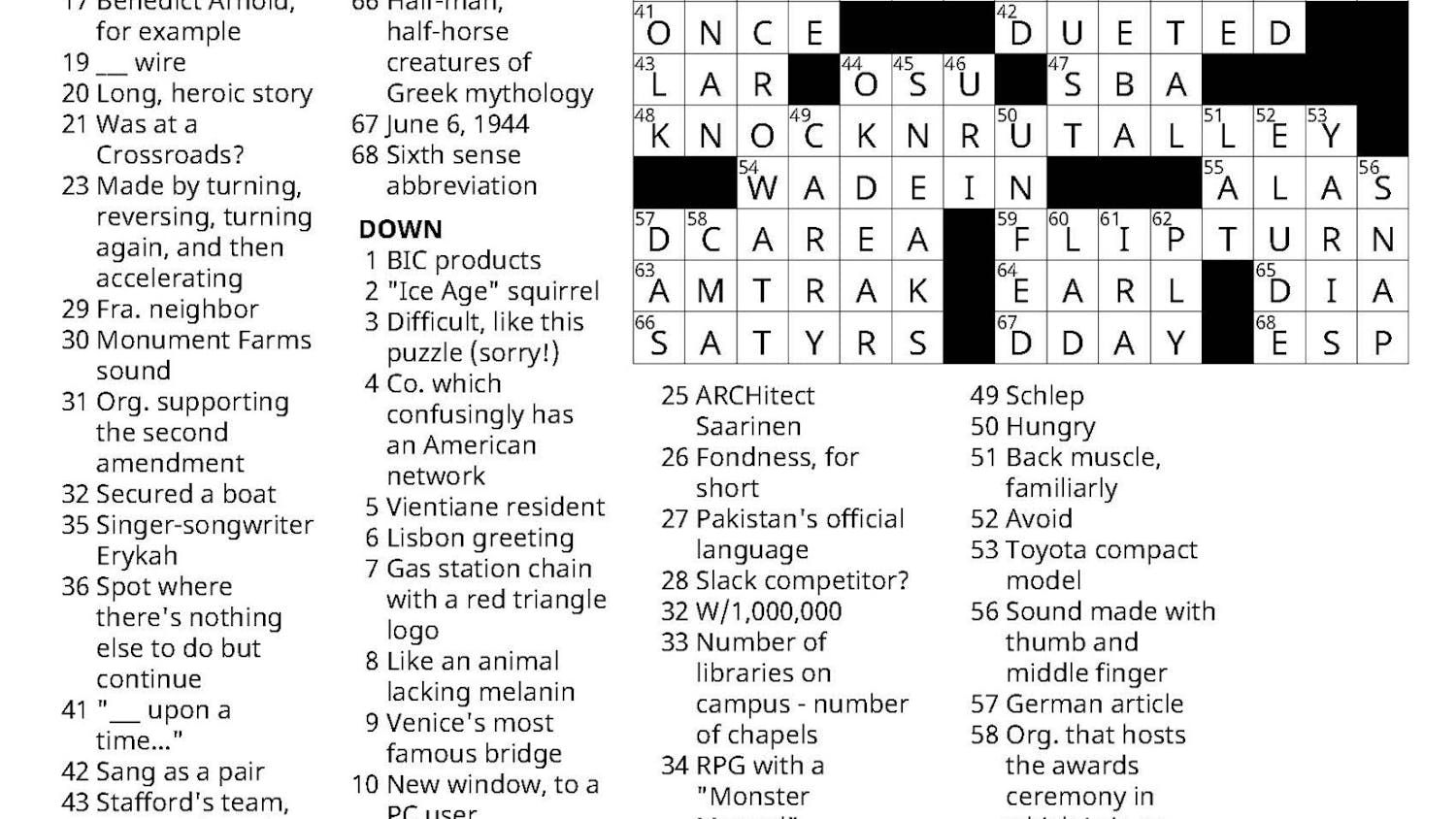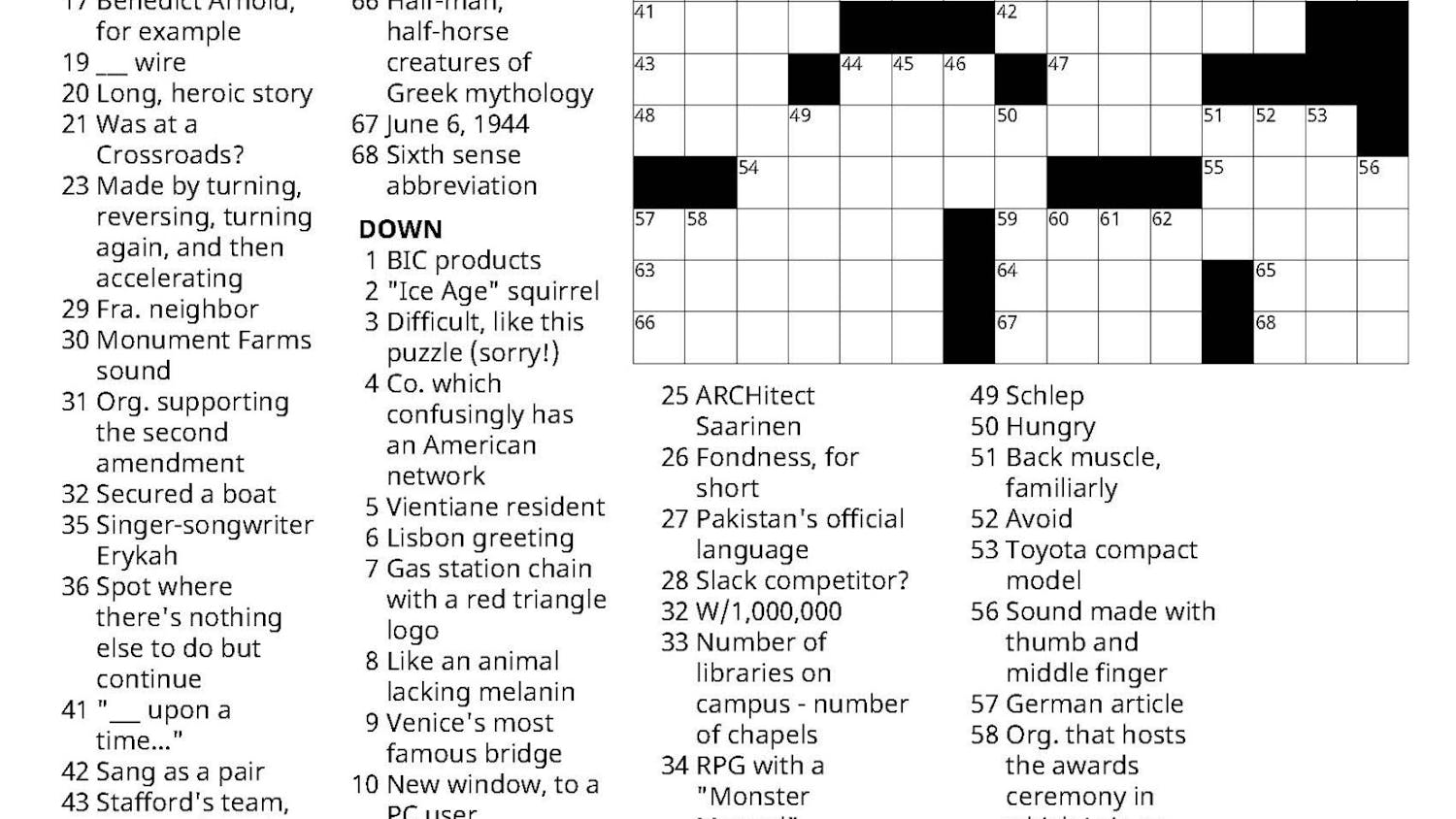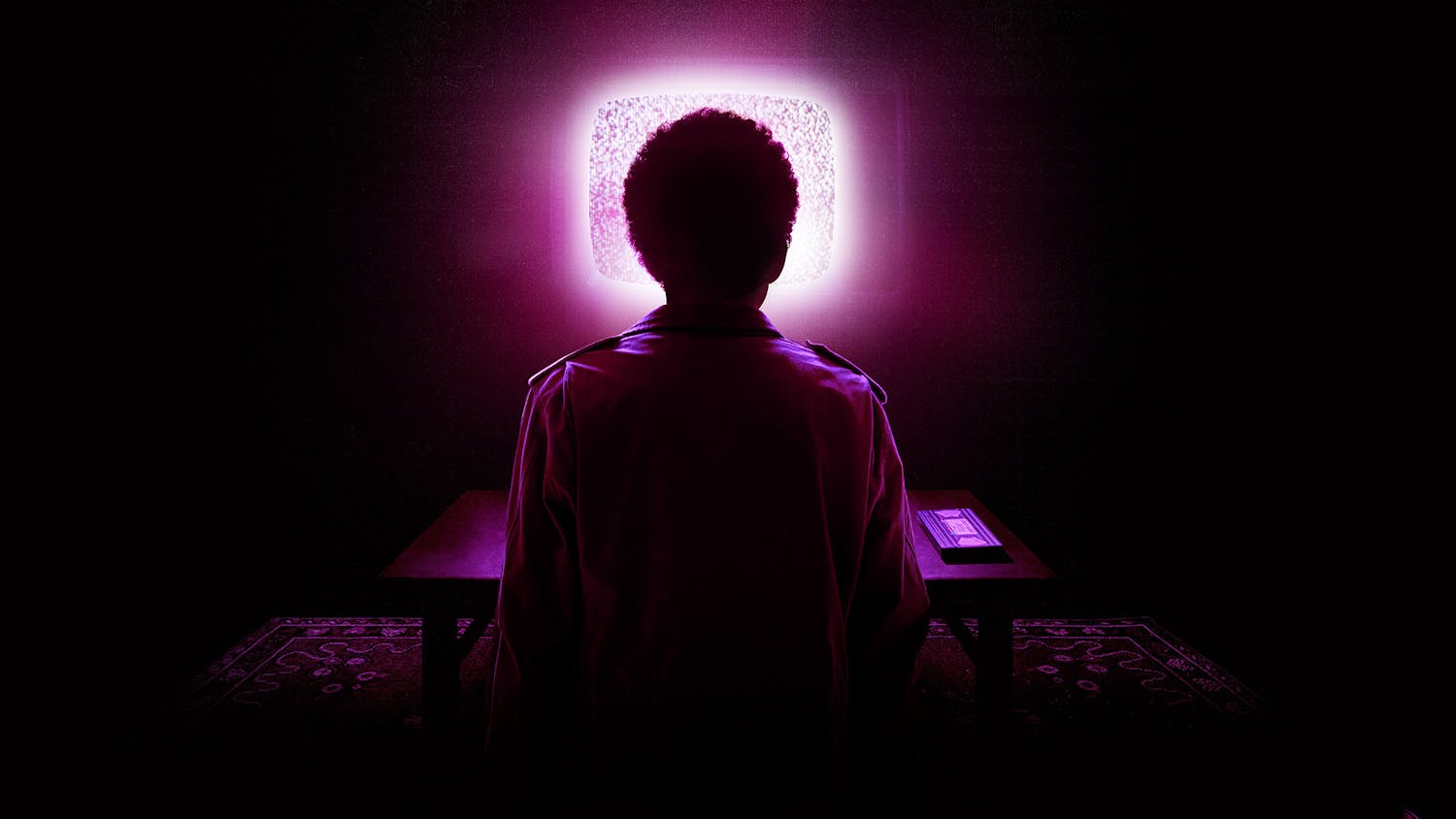“On the scale from ballet to naked, shaking myself in the corner with lipstick on, I’m about a five. Whatever that means.” -Scotty Hardwig
Come to the Kevin P. Mahaney ’84 Center for the Arts (MCA) this Friday or Saturday at 8 p.m. to witness a profound expression of human emotion as Middlebury students take the contemporary dance world by storm. The annual Fall Dance Concert promises an evening of original pieces showcasing student choreographers Sarae Snyder ’15, Afi Yellow-Duke ’15, Stevie Durocher ’15.5 and Doug LeCours ’15, and dancers of all levels. It also includes the sensational Newcomers Piece featuring Krystal Egbuchulam ’18, Connor Pisano ’18, Vanessa Dikuyama ’18 and Miguel Castillo ’17.5.
You have no idea what contemporary dance is and wouldn’t have time for it if you did? Perfect, you are the ideal audience! Amidst the grind of life at Middlebury, this concert is an opportunity to exhale — to let go and experience the sublime rarity of not thinking. Give your mind a break and your soul a treat; experience the incredible journey a dance performance has to offer. Visit go/boxoffice for a ticket and come to the MCA at 8 p.m. Nov. 21 or 22.
Before researching this article, I was utterly bewildered by, and impressively ignorant of, contemporary dance. To help elucidate, I spoke with the Scotty Hardwig, the 2014-15 Artist-in-Residence in Dance at Middlebury, as well as several members of the dance program.
I am still utterly bewildered.
I think many are hesitant to attend a contemporary performance simply because the medium is so abstract. We have been taught all things have a purpose. As humans we are obsessed with finding meaning, with asking questions and demanding answers, but in the case of dance, asking how to approach a piece or what it signifies is counterproductive. There is no answer, no rubric — only the liberating openness of interpretation.
Dance is less about communicating a message to another person and more about communicating to the self under the guidance of certain themes. If we open our minds to the dancers’ self-exploration, the lessons are limitless. Understanding contemporary dance is not a matter of education, but a matter of openness.
One piece may appear meandering and listless, perhaps an expression of the wayward nature of life, on how we are here one minute and gone the next. Another might involve a performer center stage, shaking uncontrollably. To some, this may come off as ridiculous spasms, but others might remember witnessing the similar convulsions of an overdosed druggie in the street, or perhaps the quaver of a loved one’s Parkinson’s. Still another might get caught on the fundamental mechanical utility.
The beauty of dance lies in its ability to demand such a powerful range of responses. Whereas a painting might grace a wall for eons, dance is ephemeral. Each instant is something different and intoxicating, but only for that moment. Like life, this fleeting nature gives it immense worth.
This concert in particular is special. Every year the Dance Artist-in-Residence creates a piece with dancers who have never performed here before. Although each member has some amount of dance background, whether it is salsa or swing, none have been challenged to investigate or express themselves in this kind of physical way. Tasked with helping these students connect inward and express that connection is Hardwig.
As the choreographer, Hardwig allows incredible room for individual interpretation. He provides an entirely random body part and a movement, hand-swipe, for instance, and then allows the dancer to make it their own. He wants to free the human side, for his dancers to move so honestly that we forget they are dancing at all. With Newcomers, the focus of the piece is finding a deep sense of physicality, of developing a sense of body. For this year’s work, entitled “blood pumps heart,” Hardwig’s research question deals with tensegrity. He asks: If a dancer’s body was filled with steel cables, what kind of motion would result? What happens when that rigidity meets the fluidity and capability of the body? The answer is something you won’t want to miss.
Accomplished dancers’ movements flow from one to the next, fluid and intentional. Each phrase has a certain sense of clarity, of maturity and ownership. When I asked Castillo how he felt about dancing in front of an audience as a newcomer, he was taken aback.
“As an actor, I always thought of the audience, but here I haven’t thought about the audience at all. It’s been more an internal process as opposed to something to show somebody,” Castillo said.
For Castillo, the journey to performance has been incredibly liberating. He came to Middlebury with the intention of being a theatre major; he’s now heavily considering a switch.
“I never knew we were capable of so many things, of such expression through the body instead of language,” Castillo said. “The way I feel after a rehearsal … the dance department itself brings a lot of light, they really care. Just the ability to move … understanding your body lets you really understand yourself and make your life better.”
Dance explores capabilities — it not only stretches the performer’s physicality but also pushes the boundaries of what that physicality can convey. Watching someone dance used to make me terribly uncomfortable. I felt almost embarrassed at behavior so outlandish and nontraditional. As a race, we are still very much coming to terms with our bodies. It was Hardwig who suggested that many of the greatest debates of our time have to do with the body, with who can do what with whose body: reproductive rights, gay marriage, body shaming and so on.
We are comfortable going to the gym and lifting weights or riding a bike, but to see someone move in such an unconventional way is something we do not understand. As history tells us, it’s easier to judge or ignore what we don’t understand than to embrace it, but embrace it we should. Much of that awkwardness stems from the vulnerability of the dancers and the trust they give the audience. They offer a return to our animalistic, simpler selves. In a society where we spend so much time wringing significance out of the folds of existence, the pure expression of emotion is cathartic.
Dance is a testament to the greatness of our bodies. A concert is a chance to think differently or to not to think at all. That is a beautiful sentiment, and not one we can often indulge. Give yourself the chance not to think, a break from extracting meaning from every minute of life. There is beauty to be found in appreciating movement for its own sake and all its connotations. Talking with Castillo and Hardwig helped convey the sense of freedom and majesty that comes with being. Watching a dancer inhabit every ounce of that being, we forget that they are dancing. In that moment, we too can simply exist and appreciate art for its own sake, without the constraint of societal constructs or our quests for meaning.
Contemporary dance is something few understand but all need. Like poetry and music and all those other wonderful things, dance gives color to a life too short to go without. Go/boxoffice or visit the MCA or McCullough for tickets to this Friday and Saturday’s performances!
Arts Spotlight: Fall Dance Show

Comments



